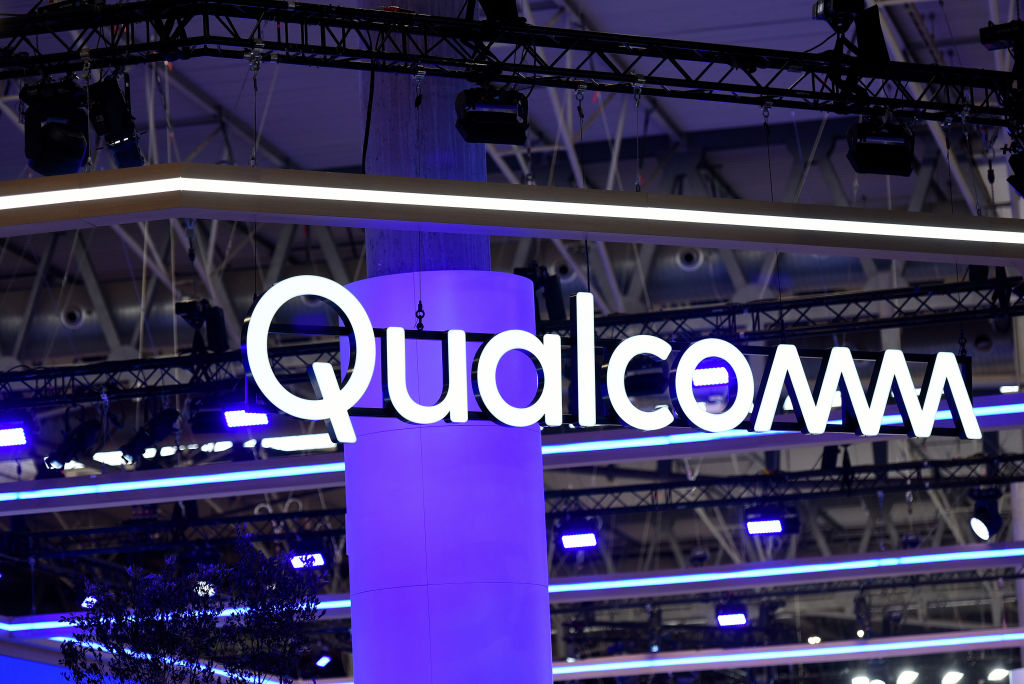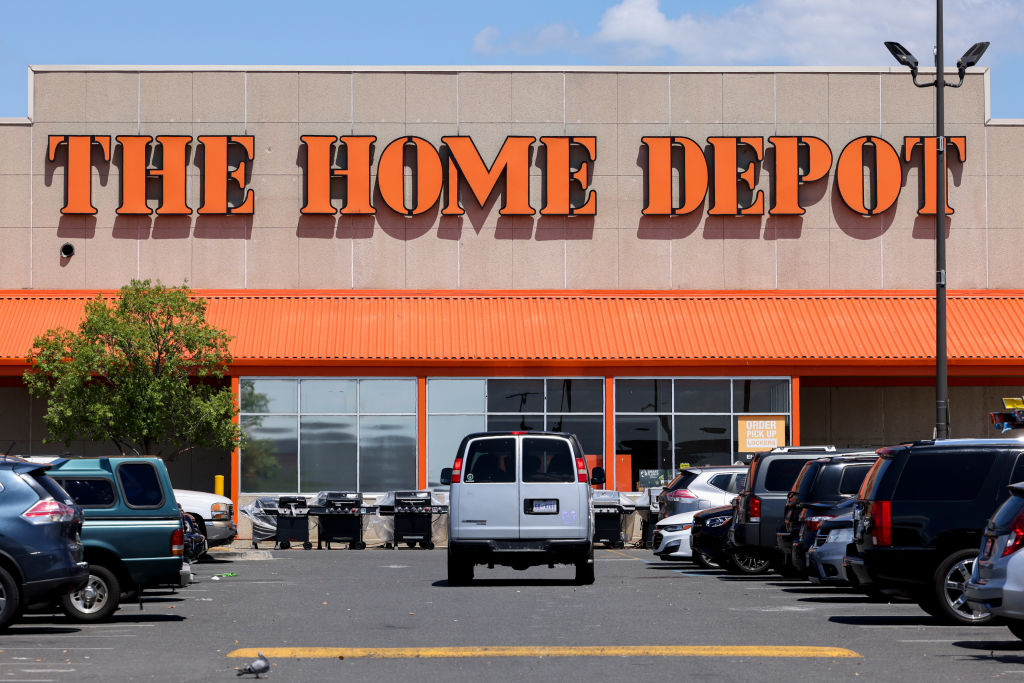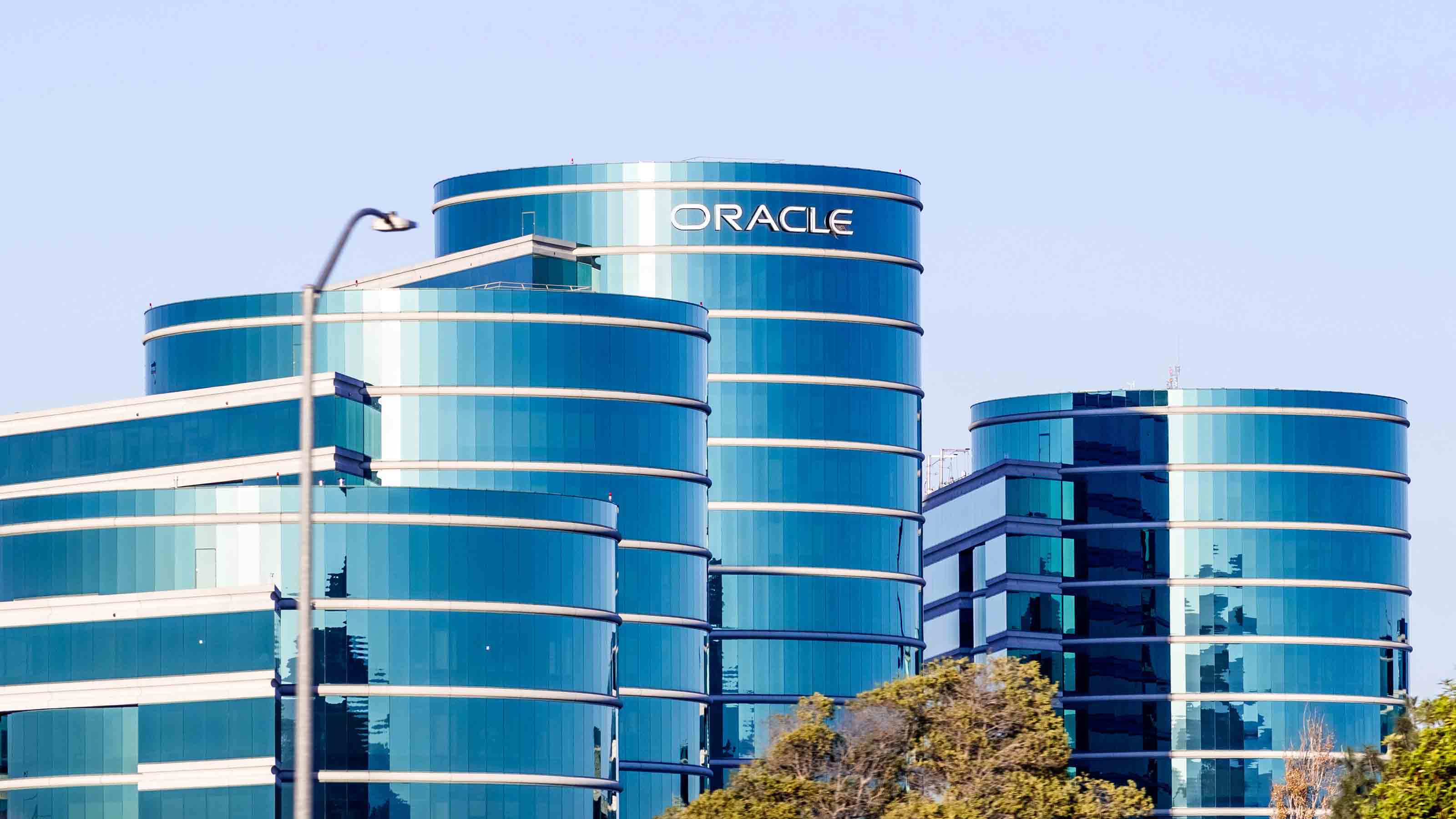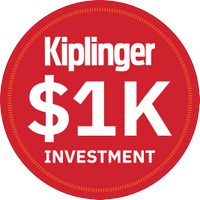Capital One, one of the nation's biggest credit-card issuers, is known for television commercials asking "What's in your wallet?" But there's more to the firm than issuing plastic. It's been diversifying its business, recently focusing on the acquisition of two regional banks. Analysts at Standard Poor's say this is a smart strategy. But they think investors aren't giving the company enough credit and that, as a result, Capital One's stock is undervalued.
Credit cards remain Capital One's largest business, accounting for nearly half of its loan portfolio. A shift in focus in recent years from lower-quality to higher-quality customers -- those who are more likely to make their payments -- was a good move and should help the company's earnings growth prospects, SP analysts say.
But as growth in the domestic credit card industry slows, the company has looked to other engines to help fuel profits. One of those is auto loans, which Scott Valentin, an analyst at investment firm Friedman Billings Ramsey, expects to be the Capital One's primary growth driver this year. The company has also been expanding its international presence, in markets such as the United Kingdom and Canada, and building its banking business. Capital One completed the acquisition of New Orleans-based Hibernia bank last year, and in March announced plans to purchase North Fork Bancorp, a regional bank that serves the New York City metro area.
From just $107.88 $24.99 for Kiplinger Personal Finance
Become a smarter, better informed investor. Subscribe from just $107.88 $24.99, plus get up to 4 Special Issues

Sign up for Kiplinger’s Free Newsletters
Profit and prosper with the best of expert advice on investing, taxes, retirement, personal finance and more - straight to your e-mail.
Profit and prosper with the best of expert advice - straight to your e-mail.
SP analysts say the bank deals fit with Capital One's strategy of combining national lending with local branch banking. They like the acquisitions not only because they improve the firm's distribution capabilities, but also because they provide a base of low-cost deposits that Capital One can use to fund its loans. But analysts are unhappy about what they say is the overly generous price Capital One is paying for North Fork. That's one reason, SP analysts say, for the stock's uninspired performance this year. "While the purchase price is slightly above what we believe to be fair," SP says, "we are eager to see the addition of 355 branches and potential revenue-generating opportunities in the long term."
SP points to worries over stiff and growing competition as another reason for the stock's 1% decline so far this year. SP says Capital One's diversification moves should alleviate such fears, and they aren't worried that Capital One will have problems competing with more diversified banks. Meanwhile, the stock, at $86, sells for 11 times the $7.78 per share that analysts, on average, expect the company to earn in 2006, according to Thomson First Call. SP analysts think the stock can reach $100 over the next 12 months, and they view it as a core holding for long-term investors.
--Lisa Dixon
Profit and prosper with the best of Kiplinger's advice on investing, taxes, retirement, personal finance and much more. Delivered daily. Enter your email in the box and click Sign Me Up.
-
 Disney’s Risky Acceptance of AI Videos
Disney’s Risky Acceptance of AI VideosThe Kiplinger Letter Disney will let fans run wild with AI-generated videos of its top characters. The move highlights the uneasy partnership between AI companies and Hollywood.
-
 Ask the Editor: Itemized Deductions
Ask the Editor: Itemized DeductionsAsk the Editor In this week's Ask the Editor Q&A, Joy Taylor answers questions on itemized deductions claimed on Schedule A of Form 1040
-
 9 Types of Insurance You Don't Need
9 Types of Insurance You Don't NeedFinancial Planning If you're paying for these types of insurance, you may be wasting your money. Here's what you need to know.
-
 If You'd Put $1,000 Into Coca-Cola Stock 20 Years Ago, Here's What You'd Have Today
If You'd Put $1,000 Into Coca-Cola Stock 20 Years Ago, Here's What You'd Have TodayEven with its reliable dividend growth and generous stock buybacks, Coca-Cola has underperformed the broad market in the long term.
-
 If You Put $1,000 into Qualcomm Stock 20 Years Ago, Here's What You Would Have Today
If You Put $1,000 into Qualcomm Stock 20 Years Ago, Here's What You Would Have TodayQualcomm stock has been a big disappointment for truly long-term investors.
-
 If You'd Put $1,000 Into Home Depot Stock 20 Years Ago, Here's What You'd Have Today
If You'd Put $1,000 Into Home Depot Stock 20 Years Ago, Here's What You'd Have TodayHome Depot stock has been a buy-and-hold banger for truly long-term investors.
-
 What the Rich Know About Investing That You Don't
What the Rich Know About Investing That You Don'tPeople like Warren Buffett become people like Warren Buffett by following basic rules and being disciplined. Here's how to accumulate real wealth.
-
 If You'd Put $1,000 Into Bank of America Stock 20 Years Ago, Here's What You'd Have Today
If You'd Put $1,000 Into Bank of America Stock 20 Years Ago, Here's What You'd Have TodayBank of America stock has been a massive buy-and-hold bust.
-

 If You'd Put $1,000 Into Oracle Stock 20 Years Ago, Here's What You'd Have Today
If You'd Put $1,000 Into Oracle Stock 20 Years Ago, Here's What You'd Have TodayORCL Oracle stock has been an outstanding buy-and-hold bet for decades.
-
 How to Invest for Rising Data Integrity Risk
How to Invest for Rising Data Integrity RiskAmid a broad assault on venerable institutions, President Trump has targeted agencies responsible for data critical to markets. How should investors respond?
-
 If You'd Put $1,000 Into Sherwin-Williams Stock 20 Years Ago, Here's What You'd Have Today
If You'd Put $1,000 Into Sherwin-Williams Stock 20 Years Ago, Here's What You'd Have TodaySherwin-Williams stock has clobbered the broader market by a wide margin for a long time.